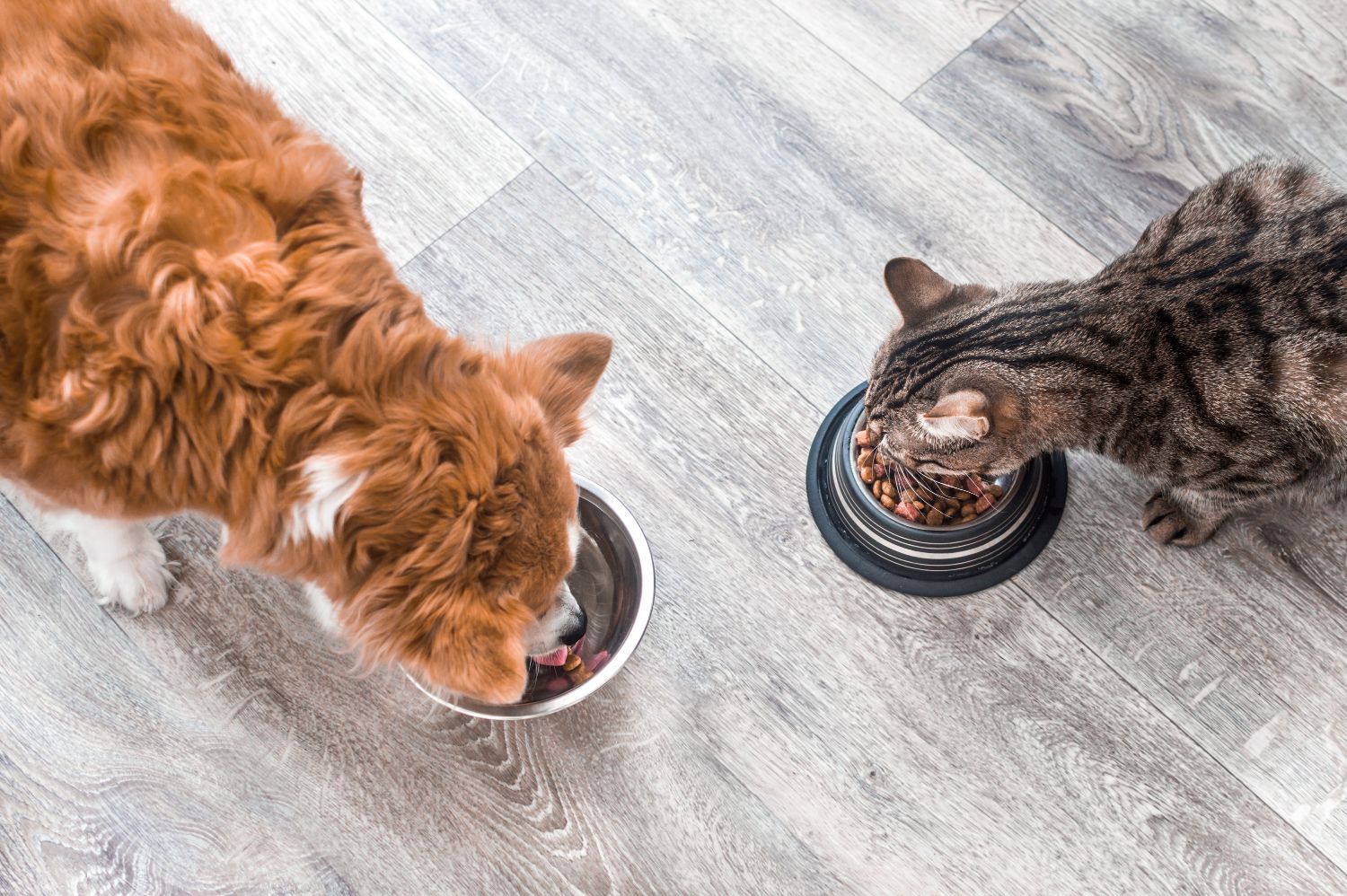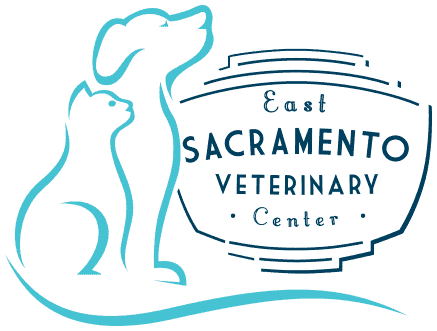Feeding Your Dog or Cat for Optimal Pet Nutrition

You can’t control everything in life, but when it comes to feeding your family right, you have quite a bit of influence. Pet nutrition is important and can help our furry family members live longer and healthier lives. Choosing the right diet can be a challenge, though. East Sacramento Veterinary Center is here to help you do the best when it comes to pet nutrition.
A Balanced Diet is Important
You are what you eat, and the same rules apply for pets. Certain nutritional requirements must be met for all organisms to thrive. These requirements vary from species to species and can even vary a bit from individual to individual.
Cats, for example, are obligate carnivores and require amino acids derived from meat to survive. Dogs, who can live on a well balanced vegetarian diet, can gain some really important nutrients from the strategic use of grain.
Home cooking a pet diet can seem like a good idea, but it isn’t as simple as it sounds. Creating a fully balanced diet for your pet requires the input of a very educated individual such as a board certified veterinary nutritionist or PhD animal nutritionist.
Weight Management for Pets
Over half of the pets in the United States are considered to be overweight putting them at increased risk for many diseases including arthritis, cancer, and diabetes and often shortened life expectancy.
Diet can play a big role in weight management for pets. Consider:
Measuring your pet’s food — A cup of food can contain a lot of calories. Use the feeding guidelines on the back of the bag or can to determine what you should be feeding. Remember to feed for your pet’s ideal weight, not its current one (let us know if you need help determining this). If your pet has more than a few pounds to lose you may have to make a few smaller goals to reach the final number. It is important to use a measuring cup when feeding as well. You may think you know what 1 ½ cups of dog kibble looks like, but chances are you are not being very accurate on a day to day basis.
Cut the treats — Treats and table food are a source of a large amount of calories for many pets. Extras should never be more than 10% of a pet’s daily intake. A ten pound dog only needs 300 Calories per day (the equivalent of 12 Snausages!). Just one small Busy Bone Dental Chew treat contains 309 Calories! Try replacing treats with smaller portions or choose lower calorie options. Green beans and baby carrots are always a great option.
If you are having trouble managing your pet’s weight, it may be time to schedule a consultation to discuss. Sometimes a prescription diet or screening for underlying endocrine disease is necessary.
Choosing the Right Diet
So how do you choose the right food for your pet?
When it comes to selecting a diet for your pet, you don’t want to just grab the first pretty bag you see. Be sure to think about your pet’s individual needs, including:
- Life stage
- Current weight
- Activity level
- Medical issues
You will want to take a look at the label as well. This should tell you basic nutritional information including the ingredients and levels of protein, fat, fiber, and moisture. Pet food labels can be difficult to sort through, though due to regulations not mandating uniform standards to allow easy comparisons. Advertising can also add a layer of confusion with meaningless buzz words like “human grade” and “holistic”.
We recommend diets that are formulated by a specialist in animal nutrition and that are manufactured on site with good quality control in place. The Pet Nutrition Alliance maintains a list of some of this information which can aid in your decision.
Choosing a diet that works well for your pet is the end goal. There are a lot of considerations when it comes to feeding your pet, and there is no one right answer for everyone. Pet nutrition is important and finding the right diet can take some research.
